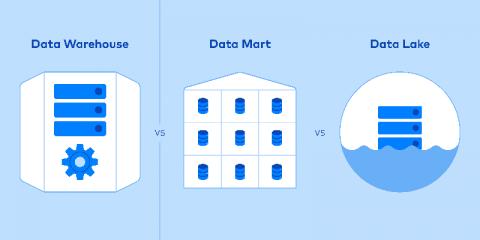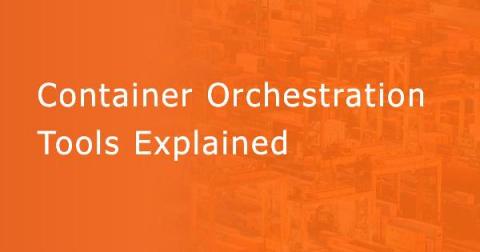Systems | Development | Analytics | API | Testing
%term
Rainforest QA: On Demand QA Solution for Continuous Delivery
Why Dropbox Made Its Own Cloud | Part 1 | Snowflake Inc.
Challenges in Leveraging AI for Autonomous Network Monitoring And how to overcome them
Automatic iOS code signing with Codemagic
Data Lakes vs. Data Warehouses vs. Data Marts
Let’s precisely define the different kinds of data repositories to understand which ones meet your business needs. October 29, 2020 A data repository serves as a centralized location to combine data from a variety of sources and provides users with a platform to perform analytical tasks. There are several kinds of data repositories, each with distinct characteristics and intended use cases. Let’s discuss the peculiarities and uses of data warehouses, data marts and data lakes.
Container Orchestration Tools Explained
The way we write, ship, and maintain software today has evolved drastically in the last few years. How we consume underlying infrastructure to run our software has matured significantly, in that we have seen a transition from bare metal to virtual machines to containers to micro-VMs.
How to Debug a Kotlin Multiplatform Mobile App From Scratch
Kotlin Multiplatform apps are a great option for big projects. They allow us to unify the business logic under a Kotlin module while using the latest perks of each platform’s individual UI, significantly reducing development costs. Debugging in Kotlin Multiplatform is easy, as you can use typical tools like adding breakpoints and printing logs in the console – and in Bugfender. Continue reading for a full tutorial. KMM stands for Kotlin Multiplatform Mobile.
A Guide to Software Understandability: Why It's Essential To Every Developer
As most developers know, their code doesn’t always behave as they expect it to and they’re not quite sure why. This is most apparent when it comes to debugging their software. In order to figure out what the problem is, developer teams must go through a very long process in order to get the data they need to understand the problem. This can involve unnecessary wait times, unproductive hours, and a lot of wasted resources.
The Top Paid, Free & Open Source Business intelligence (BI) Tools For 2021
Business Intelligence (BI) tools allow businesses to gather, process and analyse large amounts of data so that they are able to make decisions and see opportunities as well as visualise and report on key metrics for Stakeholders. The range of Business Intelligence tools available to use is an ever-expanding list with newcomers to the market appearing every year.











